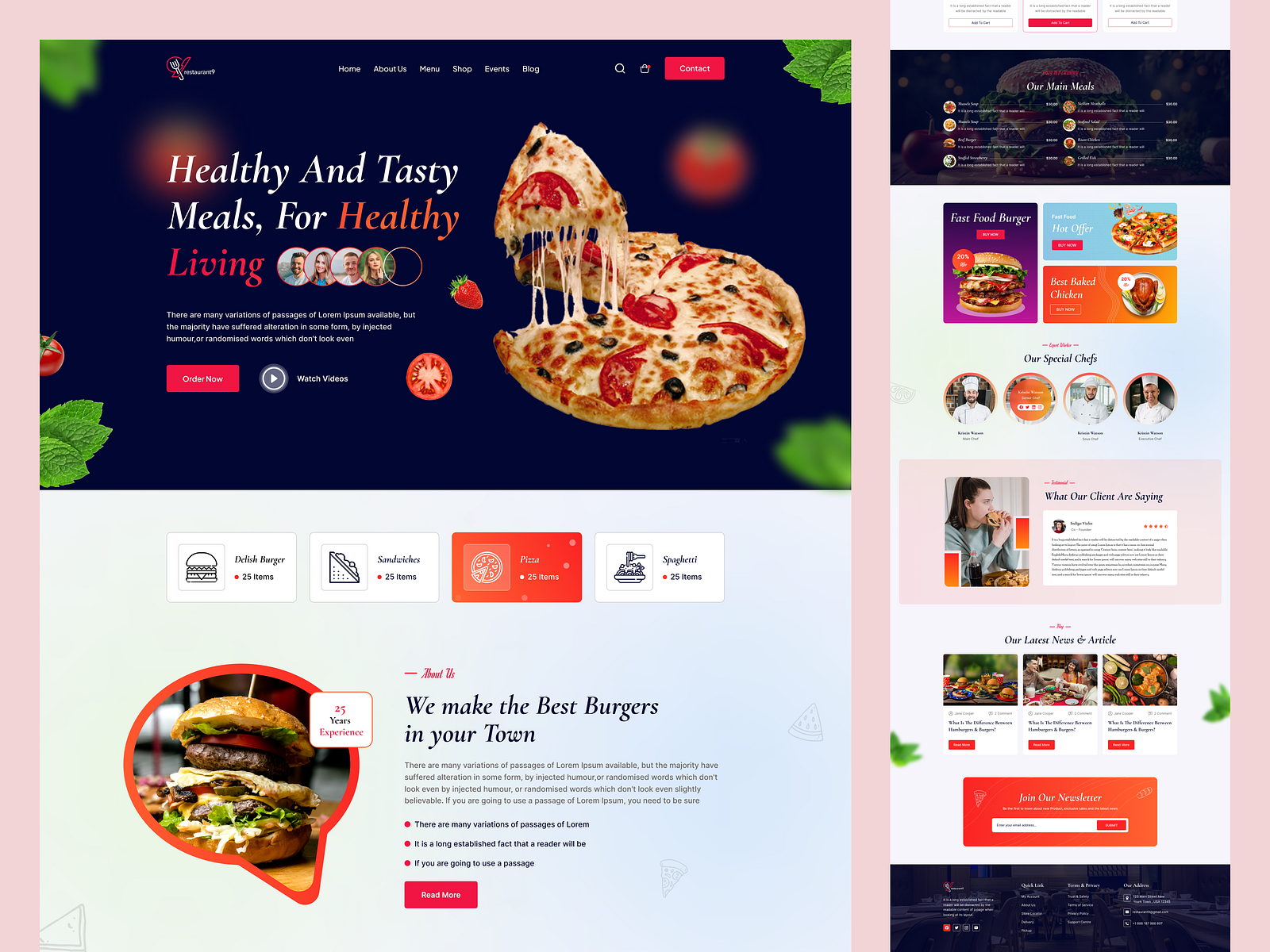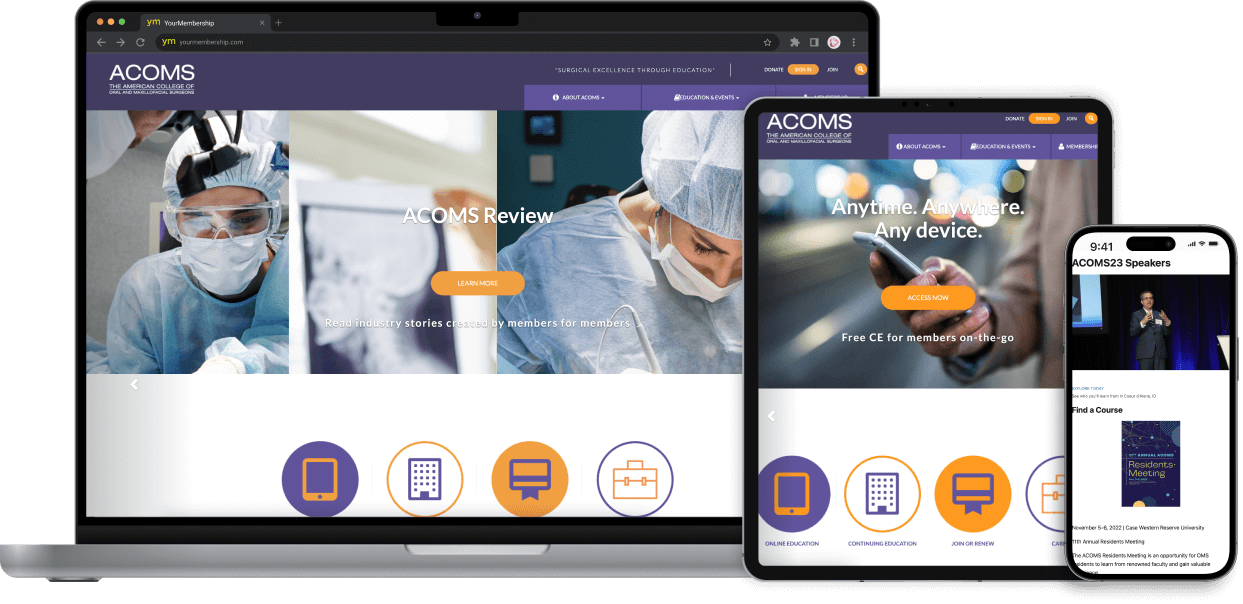Best Practices to Follow for a Successful Website Design Strategy
Best Practices to Follow for a Successful Website Design Strategy
Blog Article
The Ultimate Overview to Modern Site Design Trends
In the ever-evolving electronic landscape, modern-day site layout trends play an essential duty fit user experience and interaction. From the surge of minimal layout principles that focus on simpleness to the influence of bold typography in specifying brand name identity, each aspect adds to a cohesive on the internet visibility. The emphasis on responsive and mobile-first approaches, along with ingenious microinteractions, further enhances usability. The growing emphasis on lasting internet style methods mirrors a dedication to ecological obligation. These fads collectively elevate essential inquiries regarding the future of reliable web layout and what it implies for businesses and customers alike.
Minimalist Layout Concepts
Minimalist layout principles highlight the idea that less is a lot more, supporting for simplicity and functionality in visual interaction. This technique remove unnecessary aspects, focusing instead on necessary parts that communicate the desired message successfully. By focusing on quality, minimal design improves customer experience, allowing site visitors to browse websites effortlessly.
Core tenets of minimalist design consist of using enough white area, which develops a feeling of equilibrium and company. This adverse room not just guides the visitor's attention to crucial elements yet likewise cultivates a relaxing visual environment. Furthermore, a limited shade scheme is usually employed, making use of soft hues or single plans to preserve aesthetic communication and prevent overwhelming the user.
Typography plays a vital role in minimalist style, where legible fonts are selected for their simplicity and effectiveness in connecting content. Eventually, minimal style concepts cultivate a focused setting that encourages customers to involve with the material, improving the overall effectiveness of modern-day website design.
Strong Typography Selections
Accepting vibrant typography choices has actually come to be a specifying feature of modern site design, as it properly records interest and communicates solid messaging. Designers are progressively utilizing typography not just as a functional element however as an essential aesthetic component that improves the overall aesthetic and individual experience.

Furthermore, the juxtaposition of bold typography with minimalist style concepts permits striking contrasts, improving readability while keeping visual charm. Using whitespace around strong message better emphasizes its significance, making sure that the message reverberates with the audience.
As electronic landscapes end up being more affordable, leveraging bold typography enables brand names to distinguish themselves and leave an enduring impression. The careful option of typefaces and their application can stimulate feelings, establish tone, and drive action, making vibrant typography an important tool in modern website design. Eventually, it is an effective way to enhance storytelling and guarantee that vital messages are not just seen but additionally really felt.
Mobile-first and responsive Layout
Mobile-first and receptive design has actually become a vital concept in contemporary website growth, reflecting the enhancing reliance on mobile gadgets for accessing online web content. As user behavior changes towards mobile browsing, developers need to focus on creating experiences that adapt perfectly throughout different display dimensions and resolutions.
A receptive style ensures that a site instantly readjusts its layout, photos, and performance based on the tool being used. Mobile-first layout advocates for developing websites originally for smaller displays, ultimately scaling up to larger screens.
Executing mobile-first and receptive principles not only provides to individual choices yet additionally straightens with search engine optimization (SEO) practices. Major online search engine, like Google, focus on mobile-friendly websites in their rankings, making why not find out more it imperative for companies to embrace these layout strategies. In a competitive electronic landscape, embracing mobile-first and receptive style is not just an option; it is important for making certain accessibility and interaction with a diverse audience.
Engaging Microinteractions
Microinteractions play a pivotal function in boosting individual involvement and total internet site experience, specifically in the context of receptive and mobile-first design. These subtle design components offer prompt comments to customers, making communications much more instinctive and delightful. Examples include switch computer animations, alert notifies, and packing indicators, which not just overview individuals however likewise produce a sense of link with the user interface.
Integrating engaging microinteractions can substantially boost functionality by decreasing cognitive lots. When users receive acoustic or visual comments upon performing actions, such as clicking a switch or submitting a form, they feel more positive in their selections. This cultivates a smoother navigation experience, eventually increasing individual retention.

As internet site layout fads remain to evolve, the significance of microinteractions can not be overstated. They work as the refined yet powerful touchpoints that change normal communications right into phenomenal experiences, therefore elevating the general effectiveness of contemporary website design.
Lasting Internet Design Practices
Sustainable web style practices are ending up being progressively important as the electronic landscape expands and environmental worries increase. Designers and developers are acknowledging their responsibility to develop websites that not just offer individual demands but likewise decrease ecological influence. This strategy incorporates numerous vital approaches.
Firstly, optimizing power usage is critical. Websites need to be developed to load promptly and efficiently, which minimizes server power usage and boosts individual experience. Techniques such as photo compression, reducing HTTP demands, and utilizing modern-day coding techniques contribute considerably to this objective.
Secondly, choosing green hosting suppliers is vital - website design. Several holding business are now powered by renewable resource resources, enabling web sites to run in an extra lasting manner. This selection reflects a dedication to lowering carbon footprints
In addition, taking on a minimal design can Source improve sustainability. Fewer components on a web page lead to less information transfer, which not just why not look here accelerates packing times but also saves sources.
Last but not least, promoting electronic accessibility guarantees that websites get to a wider target market without unneeded bloat, straightening individual experience with ecological obligation. By integrating these sustainable methods, internet designers can add positively to both customer interaction and the world's well-being.
Verdict
In recap, modern website style fads emphasize the integration of minimal principles, vibrant typography, and receptive layout to boost user experience. Engaging microinteractions add to unforgettable interactions, while sustainable techniques promote for eco conscious advancement. Jointly, these aspects not only boost visual appeal however also enhance capability, ensuring that web sites are both user-friendly and visually striking. Taking on these trends is essential for creating impactful digital experiences that resonate with customers in a progressively competitive on-line landscape.
In the ever-evolving electronic landscape, contemporary site design fads play a critical role in shaping customer experience and engagement. By prioritizing clearness, minimal layout boosts user experience, allowing site visitors to browse internet sites easily.
Inevitably, minimal layout principles cultivate a concentrated setting that encourages users to involve with the web content, boosting the general efficiency of modern internet site style.Microinteractions play a critical duty in improving user engagement and total website experience, especially in the context of responsive and mobile-first style.In summary, modern website style fads emphasize the assimilation of minimalist principles, vibrant typography, and responsive layout to boost customer experience.
Report this page